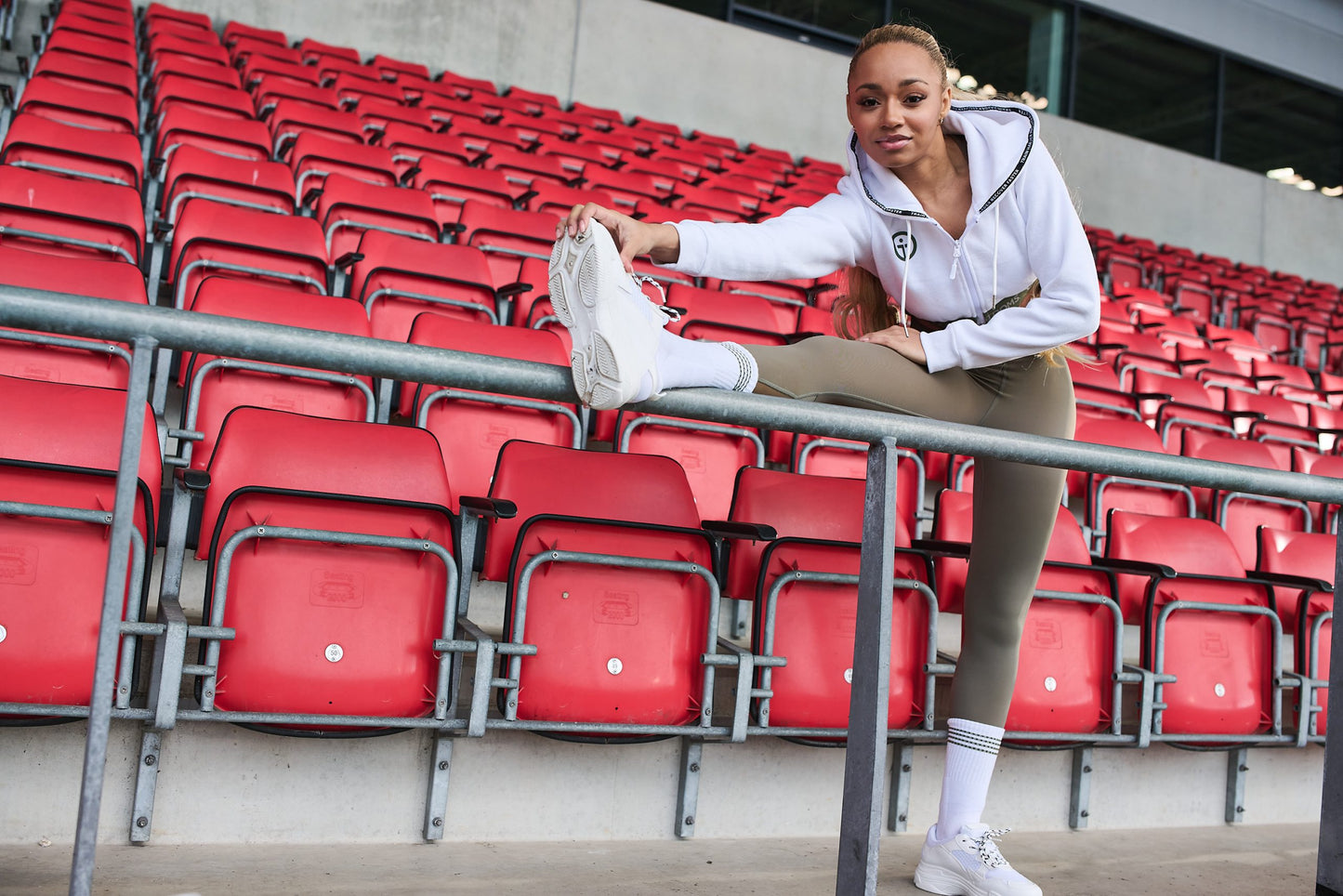JOIN TEAM IGD
Join our community for early access to events, workout guides, and exclusive offers - including 15% off your first order.
This store requires javascript to be enabled for some features to work correctly.
Join our community for early access to events, workout guides, and exclusive offers - including 15% off your first order.

When you suffer a calf injury, it’s very important to rest and not load the calf too much.
Calf strains tend to present as an ache and muscle tightening whilst you’re exercising. Its important to reduce the intensity of the exercise you are doing if this happens as when muscle fibres are unable to contract/relax normally, a full tear can happen due to the massive forces pulling through the muscle that essentially wants to contract and protect itself.
A calf tear tends to be sharp in nature or you may feel a “pop” followed by cramping which your body does to protect the area from further trauma.
It’s important not to overload the fibres of the calf muscles when you have an injury or subject them to powerful contractions like those required for sprinting or changing direction quickly.
Significant injuries will mean a complete rest period of 2 weeks, but if you only have a minor pull there's always something you can do whilst your calf recovers.
If you are looking to still train whilst carrying a calf pull, our recommendations are: